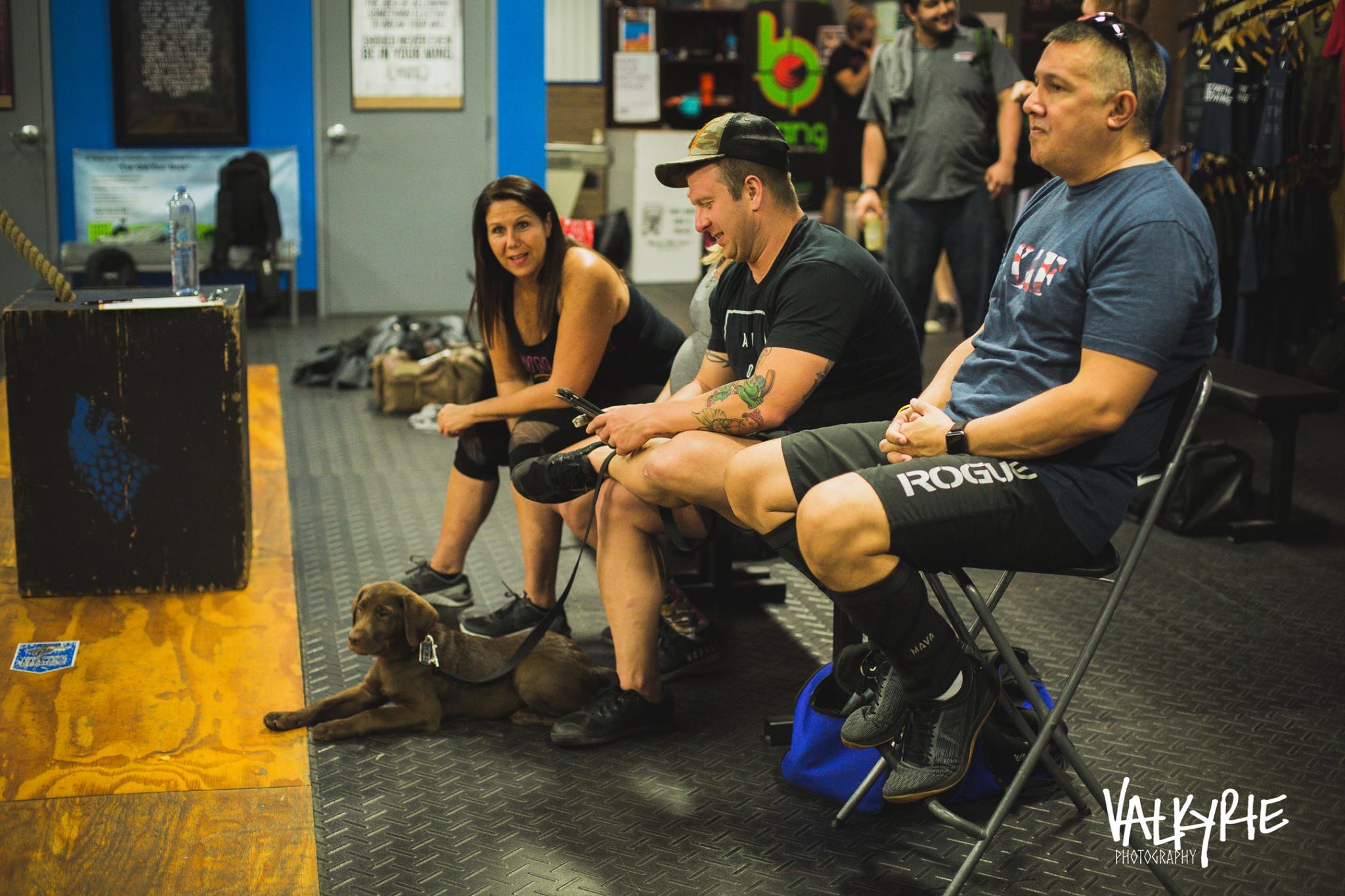
If you have been a member of a gym or sports team for longer than a few weeks, you know what it means to be sore the following day. The experienced athlete has a general idea of how sore they will be following a particular workout, where as the novice athlete is caught completely off guard by their inability to sit on the toilet the next day.
This is a normal process and even a healthy one believe it or not. The next day sore you feel is often referred to as DOMS (Delayed Onset Muscle Soreness) in fitness circles. DOMS is an important biological response to the stress of exercise.
During an intense workout, the repetitive contraction of muscles under load creates small microscopic tears in the fibers that make up our muscles. Lots of little microscopic tears sounds like a bad thing! In reality it is the only way for our muscles to elicit a growth response. In order to grow bigger more resilient muscle tissues, we must first show the body that our previous level of strength was not totally sufficient.
This micro damage dealt during your workout provides signals to the body to begin the repair process. The exact reason for DOMS is unknown but many speculate that it is there to act as a warning to our body not to stress the same tissues to the same intensity. If we don’t allow our bodies to repair the damage done in the gym then the build up of waste and microtrauma can accumulate and cause more issues down the road.
DOMS is our bodies built in recovery reminder. Without it, we would continue to push ourselves harder and harder each day until the result was an injury or mental burnout. The body does a good job of moderating our intensity, for a little while.
As our training experience increases, the amount of work necessary to cause soreness the next day also increases! The novice athlete of only 4 months will continue to be sore after each new day of stimulus where as the veteran of 4 years may train an entire week straight and never experience that pain signal from the body.
Once we adapt to the stimulus of training everyday, the signal to take some time off comes in a different form and is subtle until enough training damage has accumulated, then the effects can be very noticeable and sometimes harmful to the athlete. Over training, the term used to describe training beyond what ones body is able to recover from, is an easy trap to fall into and it can begin to affect much more than just your ability to sit on the toilet the next day.
While over training can leave you feeling sore, it usually will begin to manifest in the experienced athlete as decreased subjective strength, poor performance, low energy, low sex drive, or prolonged aches and pains. If left unaddressed for a significant amount of time the athletes likelihood of injury sky rockets.
All of this to say, your body needs to REST. It needs time away from the stresses of life in order to rebuild and replenish it’s stores. How and when do we provide our bodies with adequate rest?
How to properly recover:
Recovery is going to look a little different for everyone but it takes on the same basic principles. Without diving too deep into the weeds, here are Swamp City Fitness’ recommended recovery strategies.
75/25- For someone who has been in the sport of crossfit for an extended period of time, they should be breaking their training week up by spending 75% of their days training and 25% of them recovering. This would simply be a 3 days on 1 day off approach to the training week. For beginner athletes this number may need to look more like 50/50 until their bodies begin to adapt to these new changes.
Sleep- If you take one thing away from this paper, let it be this. Sleep is the most important variable when it comes to healing your body. All of the body’s major recovery mechanisms are either turned on for the first time or hiked up to another level when you fall asleep and stay asleep. Our bodies produce hormones like HGH and testosterone when we sleep. Our brain washes away harmful wastes that contribute to the development of Alzheimer Disease when we sleep. Damaged muscle fibers are repaired and enhanced while we sleep. The definition of recovery should be: “Sleeping a lot! And then some other stuff.”
Low Intensity Movement- On those days when you aren’t going to the gym (Every 4th day or 25% of the week), the best way to prepare your body to come back to training is to continue moving. A rest day does not imply no activity. On the contrary. Adequate rest for your body would come in the form of exercising those same exact muscle groups that were trained during the week. The only difference is, this activity needs to happen at a very LOW INTENSITY.
Examples of low intensity exercise include yoga, walking/jogging, swimming, biking, hiking, playing a recreational sport, or even a body weight workout done with no timer and no sense of urgency. Active recovery should keep you moving but the goal is not to exhaust yourself, merely to stimulate the body’s repair processes!
Nutrition- Everything we eat is either used to create new cells and structures in the body or to fuel old ones. This is especially true in the window of time following a workout. As soon as you finish training your bodies repair mechanisms jump into action and they will be in action for the next 12-24 hours.
Anything you eat in that time you can pretty much guarantee will be used to replenish used energy or literally become the tissues we just broke down. With that being said, after you workout, do you want a small percentage of you becoming fried chicken and macaroni? Or would you feel more comfortable knowing you just replaced some muscle tissue with steak and broccoli? The food you put into your body following training is so important in ensuring you recover well. Make smart choices.
Limit Stress- Maybe you are so exhausted that the only thing this recovery day is going to entail is watching netflix in bed. That is ok too. The main component of recovery is just an absence of stress on the body.
If doing the above things seems like you are still training and might as well just be at the gym, then do whatever is going to make you feel fulfilled and happy. Our body needs to be in a parasympathetic state in order to repair itself.
If your idea of a rest day is spent working 12 hours at a desk job getting yelled at by your boss – Sure, you aren’t training, but there is no way your body is going to be able to relax enough to elicit a repair response in a stressful situation like that!
Sometimes its good to get out of the gym, spend some time outside, sleep well, keep moving, eat high quality food, and relax! Think of it as charging your batteries for your next “all out” training session!
Coach Alex Ford

